When running a multivendor marketplace, choosing the right payment system is essential. A seamless payment process makes a big difference for both customers and vendors. It ensures that transactions happen smoothly and securely, which builds trust and helps grow your marketplace.
There are many different payment methods to consider, including credit cards, digital wallets, and bank transfers. Each payment method offers its own advantages and challenges, based on your marketplace’s requirements and the regions you operate in.
In this guide, we’ll explore the key components of marketplace payments. You’ll learn how they work, what to look for in a payment gateway, and how to choose the best options for your platform.
If you’re building your system from the ground up or optimizing an existing one, we’ve got all the insights you need. So, let’s get started!
What is a Marketplace Payment?
A marketplace payment is the process that handles financial transactions between buyers, sellers, and the platform owner in a multivendor marketplace.
In a marketplace, multiple vendors sell their products to customers through a single platform. When a customer makes a purchase, the platform collects the payment and then distributes it to the vendor, minus any fees or commissions the marketplace charges.
Marketplace payments are different from regular eCommerce payments, where there’s typically one seller. In a marketplace, the platform manages payments between several parties, making sure everything is processed correctly.
These payments include handling things like transaction fees, commissions, and payouts to vendors. The marketplace also ensures that the buyer’s money is securely processed and the seller receives their payment.
How Marketplace Payments Work
In a multivendor marketplace, the payment process involves several steps to ensure both buyers and sellers are paid correctly and securely.
- Buyer Makes a Purchase: When a customer buys a product, they pay through the marketplace platform. The payment can be done using various methods, such as credit cards, digital wallets, or bank transfers.
- Marketplace Processes the Payment: Once the payment is made, the marketplace system verifies the transaction. It ensures everything is correct, including the payment method and transaction details.
- Payment Deductions: The marketplace usually takes a commission or fee from the total amount. The fee might vary based on the platform’s policy, the product price, or the vendor agreement.
- Funds Are Dispersed to Sellers: After the commission is deducted, the remaining amount is transferred to the seller. This payout may happen immediately or after a set period, depending on the platform’s rules.
- Handling Refunds and Disputes: If the buyer returns the product or there’s a dispute, the marketplace manages the refund process. The marketplace might hold the funds in escrow until the transaction is complete.
This process ensures smooth transactions for buyers and fair payouts for vendors while keeping everything secure and efficient.
Key Components of Marketplace Payments
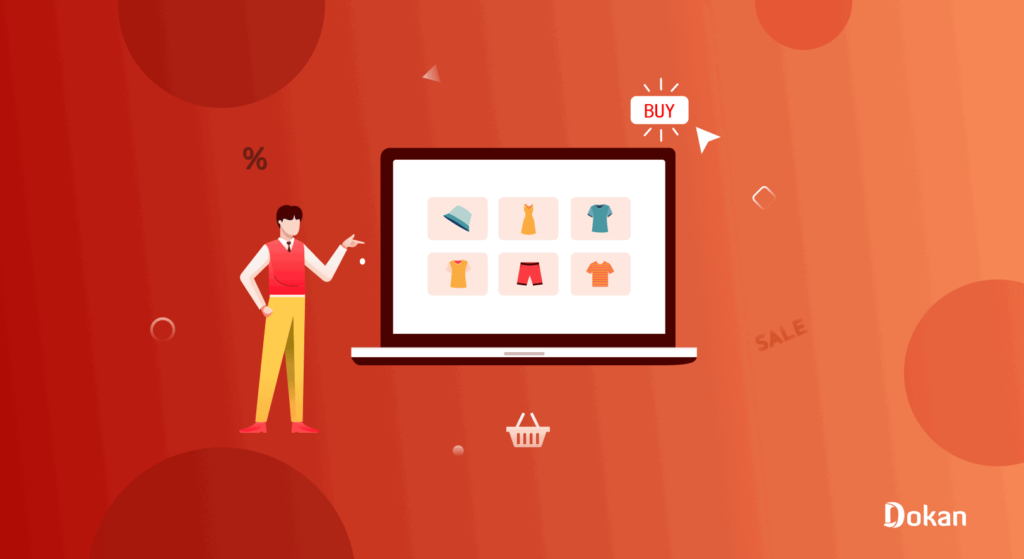
Marketplace payments involve several key components that ensure smooth and secure transactions for both buyers and sellers. Here’s a breakdown of these essential elements:
- Payment Gateways: Payment gateways are responsible for processing payments. They securely transmit payment information between the buyer, the seller, and the bank. Popular gateways like PayPal, Stripe, and Square make sure payments are completed safely.
- Payment Orchestration: Payment orchestration refers to managing the flow of payments from buyers to vendors. It involves routing payments through the right channels, handling different payment methods, and ensuring the platform works with multiple payment providers for smooth operations.
- Escrow Services: Some marketplaces use escrow services to hold funds until the buyer receives the product. This helps protect both parties. If there’s an issue with the transaction, the marketplace can release or return the funds as necessary.
- Payout Systems: After processing payments, the marketplace needs to pay vendors. The payout system ensures that sellers receive their earnings after any marketplace fees are deducted. The system often automates payouts on a set schedule, whether daily, weekly, or monthly.
- Fraud Prevention and Security: Fraud prevention tools like encryption, two-factor authentication, and AI-driven fraud detection systems ensure the security of financial transactions. These tools help protect both buyers and sellers from fraud and unauthorized transactions.
These components work together to ensure that marketplace payments are efficient, secure, and fair for everyone involved.
Popular Payment Methods for an Online Marketplace

Choosing the right payment methods is essential for any online marketplace. Offering a variety of payment options ensures a smooth transaction process for buyers and sellers.
Here are some of the most popular payment methods used in eCommerce marketplaces:
- Credit and Debit Cards
- Digital Wallets (e.g., PayPal, Apple Pay, Google Pay)
- Bank Transfers
- Buy Now, Pay Later (BNPL)
- Cryptocurrency
Next, let’s dive into each payment method one by one.
I. Credit and Debit Cards
Credit and debit cards are the most common payment methods used in online marketplaces. They are simple, widely accepted, and trusted by customers worldwide.
- How They Work: When a buyer makes a purchase, they enter their card details (card number, expiration date, and CVV) on the marketplace checkout page. The payment gateway processes the transaction by verifying the details with the buyer’s bank and authorizing the payment.
- Credit Cards: These cards allow customers to borrow money up to a certain limit. They are often used for larger purchases, as buyers can pay later in installments, with interest.
- Debit Cards: These cards are linked directly to the buyer’s bank account. The payment is processed immediately, and the amount is deducted directly from the buyer’s account.
- Why They’re Popular: Credit and debit cards are convenient, fast, and familiar to users. They are accepted globally and provide buyers with a sense of security, especially with added features like fraud protection and buyer guarantees.
For marketplace owners, credit and debit cards offer high conversion rates since they are easy for customers to use, making them a vital part of any marketplace payment strategy.
II. Digital Wallets (e.g., PayPal, Apple Pay, Google Pay)
Digital wallets have become increasingly popular in online marketplaces due to their ease of use and fast payment processing. These wallets store a buyer’s payment information securely, making it easy to make purchases with just a few clicks.
- How They Work: To make a payment, buyers simply select their preferred digital wallet at checkout. They log in (or use biometrics for mobile wallets) to confirm the payment. The wallet then processes the payment, transferring funds from the buyer’s linked account, credit/debit card, or stored balance.
- Popular Options:
- PayPal: One of the most widely used digital wallets, known for its security and buyer protection policies.
- Apple Pay: A mobile wallet for Apple device users that allows them to pay quickly using their phone or smartwatch.
- Google Pay: A digital wallet for Android users that integrates with various online platforms and offers rewards for purchases.
- Why They’re Popular: Digital wallets are convenient, especially for repeat buyers, as they don’t require re-entering payment information. They are fast, secure, and often come with additional benefits like loyalty rewards or cashback offers. Many customers prefer them for their seamless checkout experience and added security features.
For marketplace owners, integrating digital wallets can lead to higher conversion rates and an overall better shopping experience for customers.
III. Bank Transfers
Bank transfers are another reliable payment method in online marketplaces, especially for larger transactions or international payments. They involve transferring funds directly from the buyer’s bank account to the marketplace’s account.
- How They Work: The buyer initiates a bank transfer either online or through their bank. The marketplace then verifies the payment once the funds are received. Depending on the region, bank transfers can take anywhere from a few hours to several days to complete.
- Why They’re Popular: Bank transfers are widely used for high-value transactions due to the security and direct nature of the payment. They are often preferred by businesses or customers who don’t want to use credit cards or digital wallets.
- Why They’re Less Common for Everyday Transactions: The main drawback is that bank transfers are slower compared to instant methods like credit cards or digital wallets. Additionally, some customers might find them more complicated to use, especially for smaller transactions.
While not as fast as other payment methods, bank transfers are still essential in marketplaces that deal with larger orders, B2B transactions, or international payments where other methods might not be available.
IV. Buy Now, Pay Later (BNPL)
Buy Now, Pay Later (BNPL) is a growing payment method that allows customers to make a purchase and pay for it in installments over time.
This option has gained significant popularity, especially for customers who want to spread out their payments without incurring interest (if paid within the specified time frame).
- How It Works: When a customer selects BNPL at checkout, they can pay a portion of the total cost upfront, with the remaining balance split into installments (usually over weeks or months). Popular BNPL services like Klarna, Afterpay, and Affirm handle the financing and pay the marketplace upfront, while the buyer repays over time.
- Why It’s Popular: BNPL provides flexibility for customers, making higher-priced products more accessible by spreading out the cost. Many buyers are drawn to the idea of paying later without interest, as long as the payments are made on time. It’s a great way to boost sales and offer more purchasing power to your customers.
- Benefits for Marketplace Owners: Offering BNPL can attract more customers, especially those who prefer not to use credit cards or want to manage their budget. It can also increase the average order value, as customers are more likely to make larger purchases when they have the option to pay later.
BNPL is a powerful tool to enhance your marketplace’s checkout process, making it easier for customers to make purchases without the financial burden of paying everything upfront.
V. Cryptocurrency
Cryptocurrency is becoming an increasingly popular payment method, especially among tech-savvy customers. Cryptocurrencies like Bitcoin, Ethereum, and others offer a decentralized way to make payments, independent of traditional financial institutions.
- How It Works: When a buyer chooses cryptocurrency at checkout, they use their digital wallet to send the payment directly to the marketplace’s crypto wallet. The transaction is verified on the blockchain, ensuring its legitimacy and security. Cryptocurrency payments are often processed quickly, with low fees compared to traditional payment methods.
- Why It’s Popular: Cryptocurrencies provide benefits like lower transaction fees, increased privacy, and global reach. For international transactions, they can be especially appealing, as they eliminate the need for currency conversions and banking intermediaries. Plus, they offer buyers more control over their funds without relying on third-party institutions.
- Why It’s Less Common: Despite growing interest, cryptocurrency is still not as widely adopted as more traditional payment methods. Some buyers may be unfamiliar with how crypto works or hesitant about its volatility. Additionally, many marketplaces might not be equipped to handle crypto payments, requiring additional infrastructure.
For marketplace owners, offering cryptocurrency as a payment method can attract a niche audience, increase payment flexibility, and position the marketplace as forward-thinking and innovative.
However, it’s important to weigh the benefits against the potential challenges, such as regulatory concerns and market volatility.
How to Choose the Right Payment Gateway for Your Marketplace
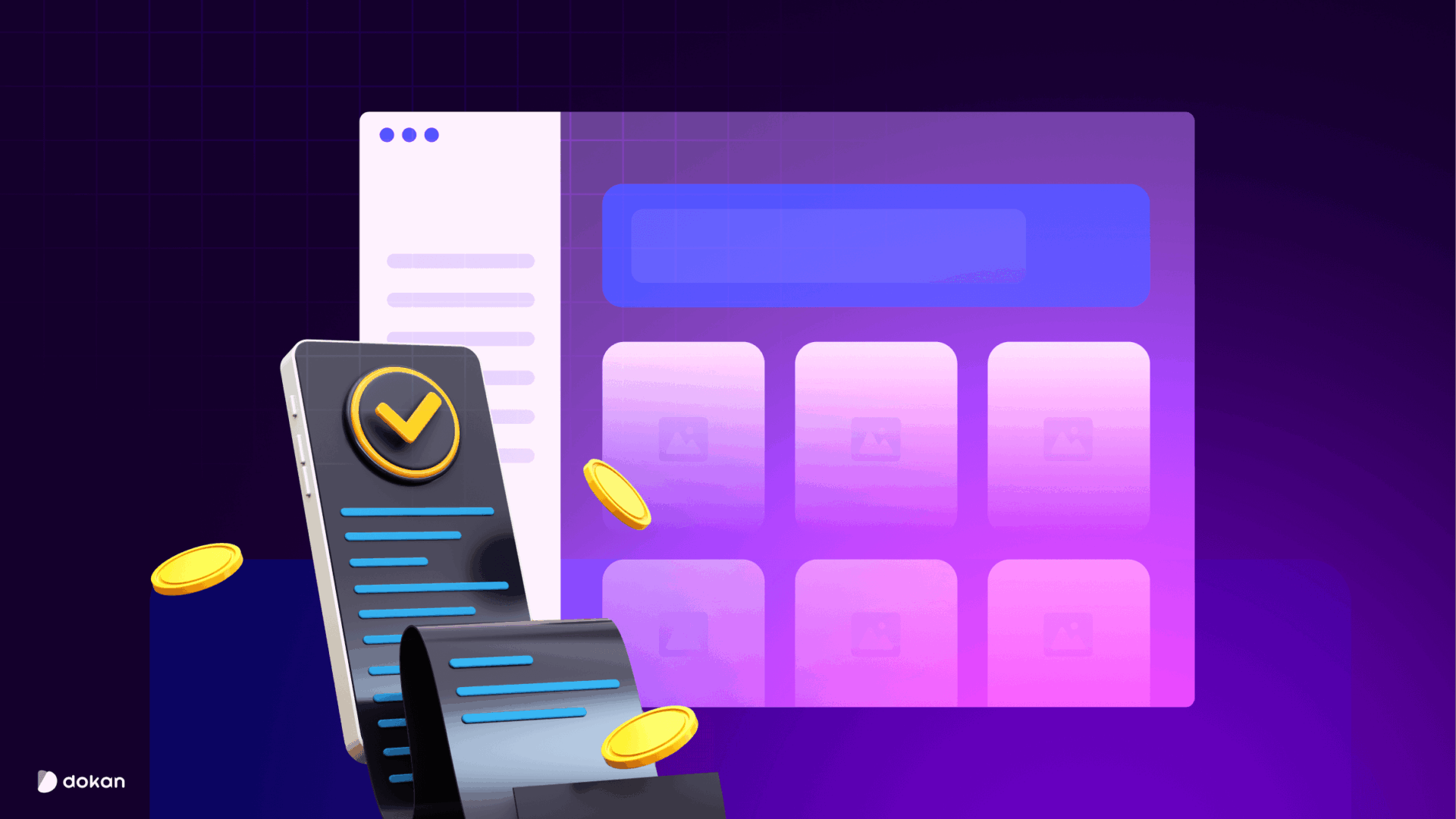
Choosing the right payment gateway is crucial for ensuring smooth, secure, and efficient transactions in your marketplace. The right gateway will help you manage payments seamlessly, offer various payment methods, and maintain customer trust.
Here’s a guide to choosing the right one.
- Evaluate Transaction Fees
- Consider Payment Methods
- Check for Global Support
- Look for Integration Ease
- Security and Compliance
- Payment Speed
- Customer Support
Now, let’s get into the details!
I. Evaluate Transaction Fees
When selecting a payment gateway, transaction fees play a key role in the decision. These fees can vary based on the payment method and transaction volume. Make sure to assess both the per-transaction fees and any additional monthly or setup costs.
High fees can quickly add up and impact your profit margins. It’s important to find a gateway that offers a good balance of reasonable fees and the features your marketplace needs.
II. Consider Payment Methods
When choosing a payment gateway, it’s essential to consider the variety of payment methods it supports. The more payment options available, the better.
This includes credit cards, digital wallets (like PayPal and Apple Pay), bank transfers, and even newer methods like Buy Now, Pay Later or cryptocurrency.
Offering multiple payment options makes it easier for customers to complete their purchases, increasing the likelihood of conversions and improving the overall shopping experience.
III. Check for Global Support
If your marketplace operates internationally, you’ll need a payment gateway that supports multiple currencies and regions.
Ensure the gateway can handle payments from customers in different countries and provide a smooth experience for both local and international transactions. This will help you expand your customer base and make cross-border transactions more seamless for buyers and sellers alike.
IV. Look for Integration Ease
Choose a payment gateway that integrates easily with your marketplace platform. The setup process should be straightforward and the gateway should work seamlessly with your existing tools and systems.
A simple integration reduces setup time and ensures that your payment processes run smoothly without the need for complex custom development or constant troubleshooting.
V. Security and Compliance
Security is critical when handling payments. Make sure the payment gateway complies with industry standards, such as PCI-DSS, to protect customer data. Look for features like encryption, fraud detection, and secure authentication methods.
A secure gateway builds trust with customers. It ensures safe transactions and reduces the risk of fraud or data breaches.
VI. Payment Speed
The speed at which payments are processed is important for both customers and vendors. Choose a payment gateway that offers fast processing times.
Buyers should be able to complete their transactions quickly, and vendors should receive their payouts without delays. Faster payments improve the overall user experience and help build trust in your marketplace.
VII. Customer Support
Reliable customer support is essential when choosing a payment gateway. You’ll want a provider that offers responsive and helpful support in case issues arise. Whether it’s a technical problem, payment dispute, or general inquiry, fast and effective customer service will ensure smooth operations.
Look for gateways that provide 24/7 support or at least extended hours to assist you whenever necessary.
How to Manage Commission Models in a Marketplace
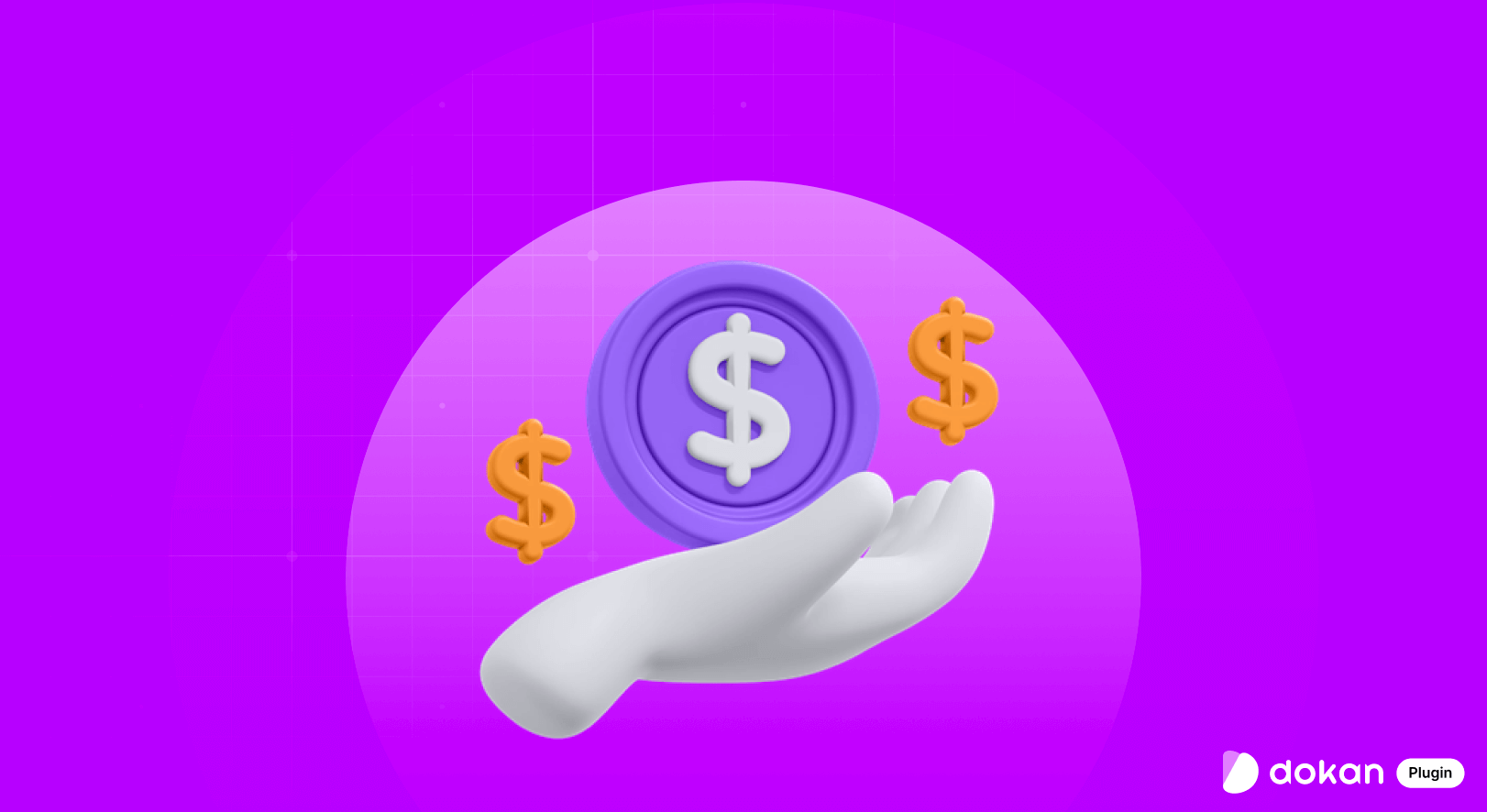
A commission model determines how the marketplace owner earns revenue from transactions between buyers and sellers. Let’s dive into the details of the most common commission models, with examples for each.
1. Percentage-Based Commission
This is the most common commission model, where the marketplace takes a percentage of each transaction made by the vendor.
- How It Works: The marketplace owner charges a fixed percentage of the sale price of each product sold on the platform. This percentage is deducted automatically from the vendor’s earnings before the payout is made.
- Example: Let’s say your marketplace charges a 10% commission. If a vendor sells a product for $100, you would collect $10 as a commission, and the vendor would receive $90.
- Advantages:
- Scalable: The marketplace earns more as the vendor makes more sales.
- Fair: Vendors pay based on their sales volume, which is ideal for both small and large vendors.
- Disadvantages:
- Can be discouraging for low-value transactions, as even a small sale results in a fee.
- Vendors may feel it’s too high if their profit margins are thin.
2. Fixed Fee Per Transaction
In this model, the marketplace charges a fixed fee for each transaction, regardless of the sale price.
- How It Works: The marketplace owner sets a flat fee for every transaction, which is deducted before paying out the vendor.
- Example: Your marketplace charges a $5 fee per transaction. If a vendor sells a product for $50, the vendor would receive $45 after the fee. If the vendor sells a product for $200, they’d still only pay the same $5 fee, receiving $195.
- Advantages:
- Simple to manage for both the marketplace owner and vendors.
- Predictable costs for vendors, especially on high-ticket items.
- Disadvantages:
- Not ideal for low-priced items, as the fixed fee could eat into the vendor’s profits.
- Vendors may be discouraged from listing lower-cost products.
3. Subscription-Based Commission
This model involves charging vendors a subscription fee to sell on the platform, in addition to or instead of transaction fees.
- How It Works: Vendors pay a recurring subscription fee (weekly, monthly, or yearly) to list products and access the marketplace’s features. The marketplace may charge additional fees per transaction or offer a tiered system with more features for higher subscription levels.
- Example: A vendor might pay $50 per month for access to the marketplace. If they make no sales, the marketplace still earns the $50 subscription. However, for each sale, the marketplace may take an additional 5% commission.
- Advantages:
- Stable, recurring income for the marketplace.
- Vendors can budget easily, as they know exactly how much they’ll pay each month.
- Disadvantages:
- New vendors may be hesitant to pay upfront without knowing how successful they’ll be.
- This model might deter smaller businesses who can’t afford the upfront costs.
4. Tiered Commission Model
This model charges different commission rates based on factors like sales volume, product category, or vendor performance.
- How It Works: The more a vendor sells, the lower the commission they pay. Alternatively, vendors who opt for higher service levels (such as premium listings or access to marketing tools) may pay a higher rate.
- Example:
- Tier 1: Vendors who make under $500 in sales per month pay a 10% commission.
- Tier 2: Vendors who make $500 to $2,000 in sales pay an 8% commission.
- Tier 3: Vendors who make over $2,000 in sales pay a 5% commission.
- Advantages:
- Encourages vendors to increase sales to reduce their commission rate.
- Supports vendors at different stages of growth.
- Disadvantages:
- Can be complicated to set up and manage.
- May be difficult to communicate the structure to new or small vendors.
5. Freemium Model
In the freemium model, vendors can list products for free or with minimal fees, but they have the option to pay for premium features.
- How It Works: Vendors can join the marketplace for free but must pay for access to additional features such as better product placement, marketing tools, or advanced analytics.
- Example: A marketplace may offer free product listings but charge a $10 fee to promote products on the homepage, or charge for advanced product analytics.
- Advantages:
- Attracts a large number of vendors quickly, as the initial barrier to entry is low.
- Provides an easy way for vendors to scale and only pay for what they need.
- Disadvantages:
- Revenue from basic listings may not be enough to sustain the platform.
- Some vendors might not see enough value in paid features to upgrade.
6. Listing Fees
In this model, vendors are charged a fee to list each product on the marketplace.
- How It Works: The marketplace charges a one-time fee for each product that the vendor lists, regardless of whether the product sells.
- Example: The marketplace charges $2 for each product listed. A vendor who lists 10 products would pay $20 upfront, regardless of the sales made.
- Advantages:
- Simple and straightforward for vendors to understand.
- Provides immediate revenue for the marketplace.
- Disadvantages:
- Vendors may be hesitant to list many products if they have to pay per listing.
- It can discourage new or smaller vendors from trying out the platform.
Dokan Cloud Payment Gateways
Dokan Cloud offers various payment gateways to ensure smooth and secure transactions for both vendors and customers. These gateways support different regions and payment methods, which makes it easy for everyone to use:
- Stripe Integration: Stripe is available in over 135 countries. It supports credit/debit cards, digital wallets, and local payment methods. Stripe allows real-time currency conversion, adaptive checkout, and instant payouts to vendors.
- PayPal Integration: PayPal works in over 200 countries. It’s fast, secure, and trusted globally. Many buyers and sellers prefer PayPal because of its reliability and ease of use.
- Razorpay: Razorpay is perfect for the Indian market. It accepts UPI, net banking, credit cards, and EMI options. Vendors receive instant payments through UPI apps or direct bank transfers.
- MangoPay: MangoPay is designed for the European market. It supports credit cards, bank transfers, and multiple currencies. MangoPay also follows European banking regulations, ensuring a secure payment process.
- Tap Payments: Tap Payments is great for the Middle East. It supports credit cards, digital wallets, and bank transfers. It also provides an Arabic interface to suit local preferences.
- Iyzico: Iyzico is widely used in Turkey. It accepts local payment methods and installment options. Iyzico supports multiple currencies and complies with Turkish regulations.
- Paystack: Paystack is a popular choice in Africa. It supports mobile money and bank transfers. Paystack also offers real-time currency conversion and secure payment processing.
- PayFast: PayFast is optimized for South Africa. It supports credit cards, instant EFT, and other local payment methods. PayFast ensures safe and compliant payment processing for South African customers.
- bKash: bKash is a leading mobile wallet service in Bangladesh. It allows local customers to make payments easily through their mobile phones. This gateway is now integrated into Dokan Cloud, offering more options for Bangladeshi vendors and buyers.

Marketplace Payments – Key Takeaways for You
Choosing the right payment gateways is essential for your multivendor marketplace. It’s important to offer payment methods that are secure, easy to use, and trusted by your customers. Popular gateways like PayPal, Stripe, and Razorpay can help you manage transactions smoothly.
Offering different payment options, like credit cards, digital wallets, or local methods, can boost conversion rates and make transactions easier for everyone.
Security is a top priority when dealing with payments. Make sure your payment gateways comply with industry standards and protect customer data. This will help build trust and keep transactions safe across your marketplace.
If you want to know more about Blockchain and Cryptocurrency, check out our blog on Blockchain and Cryptocurrency to grow your marketplace internationally.
Want to share your feedback related to this blog post? You can do that in the comment box. We would appreciate your efforts!
Subscribe to
Dokan blog
We send weekly newsletters, no spam for sure!

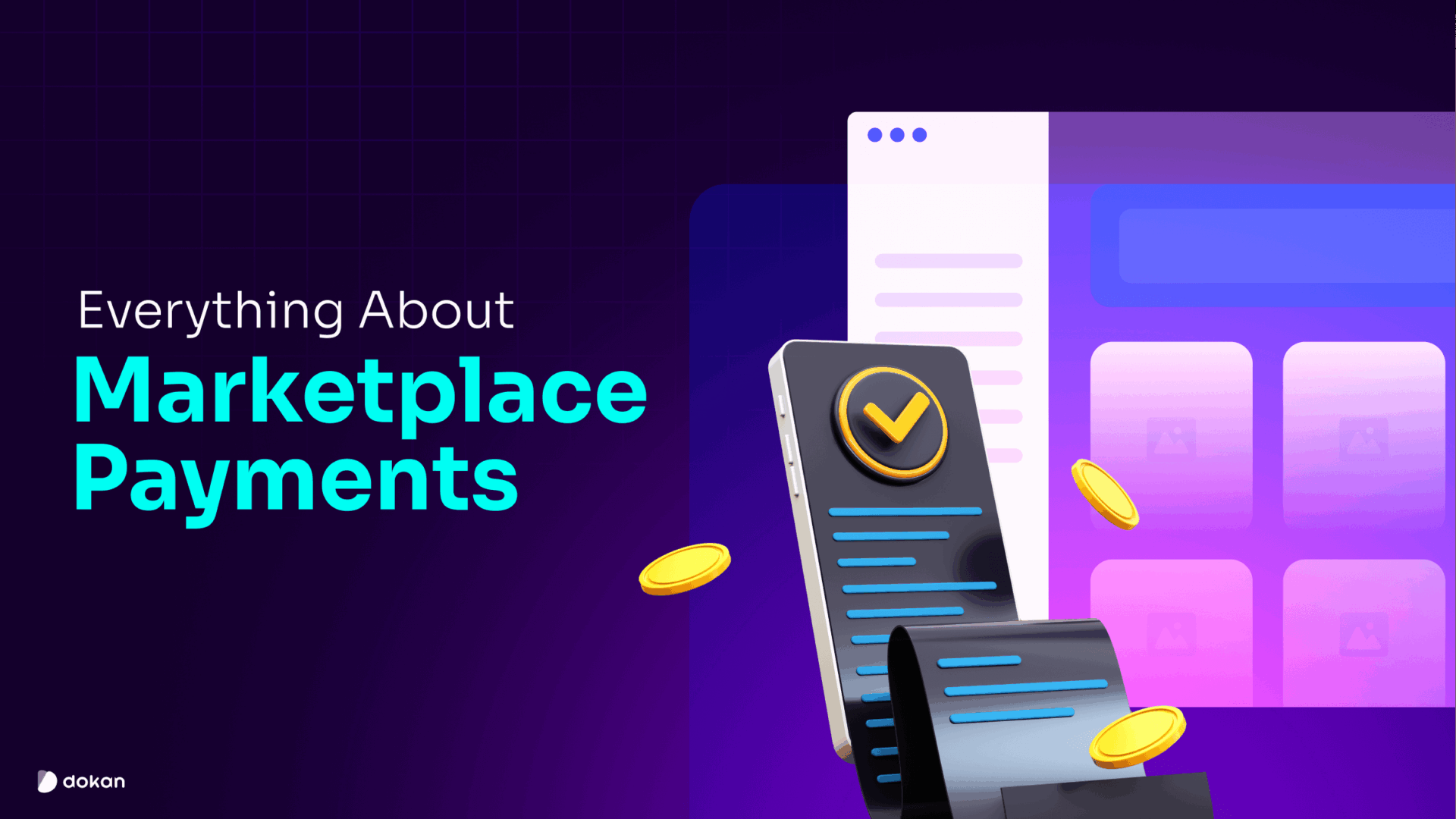
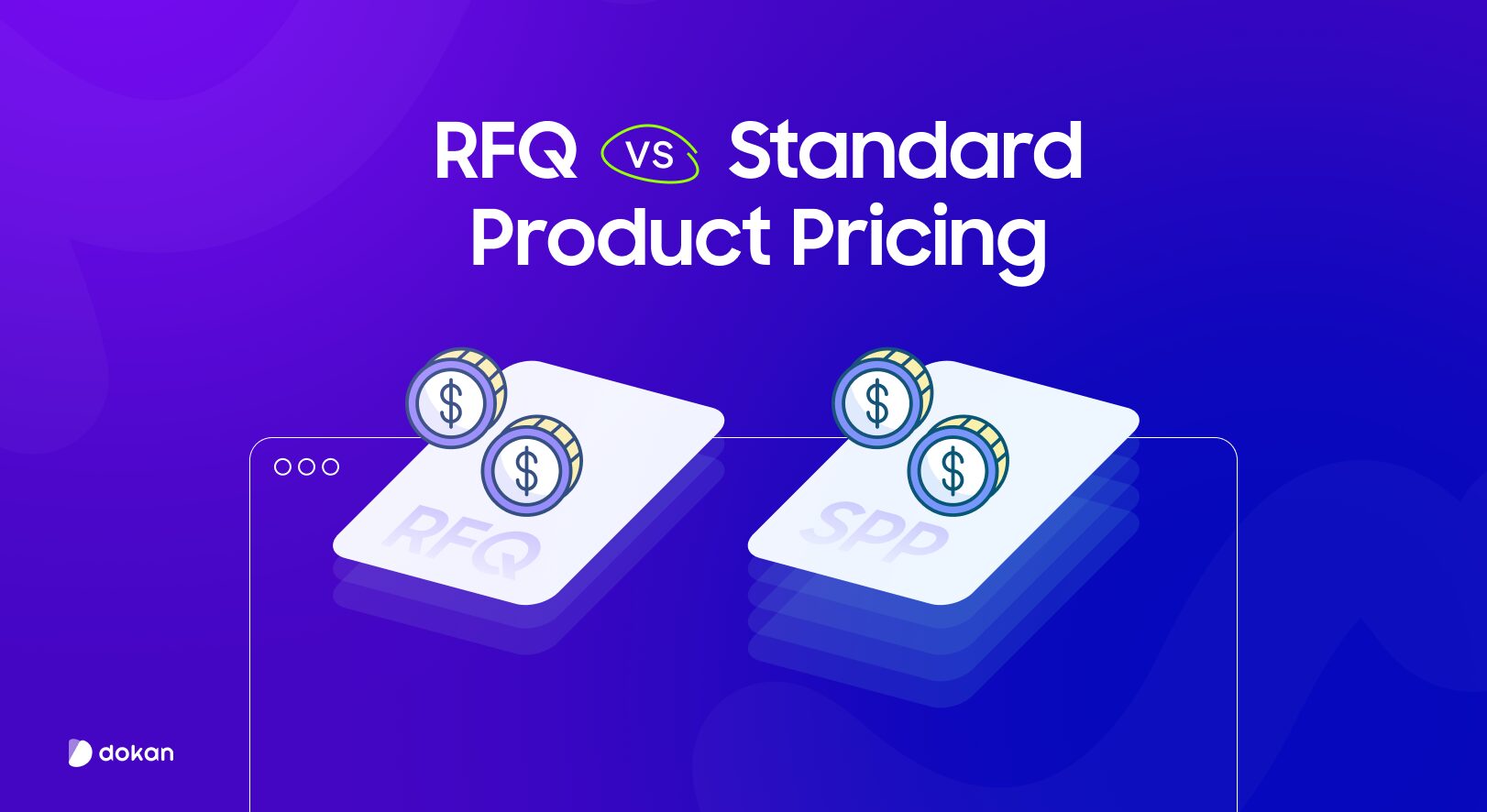
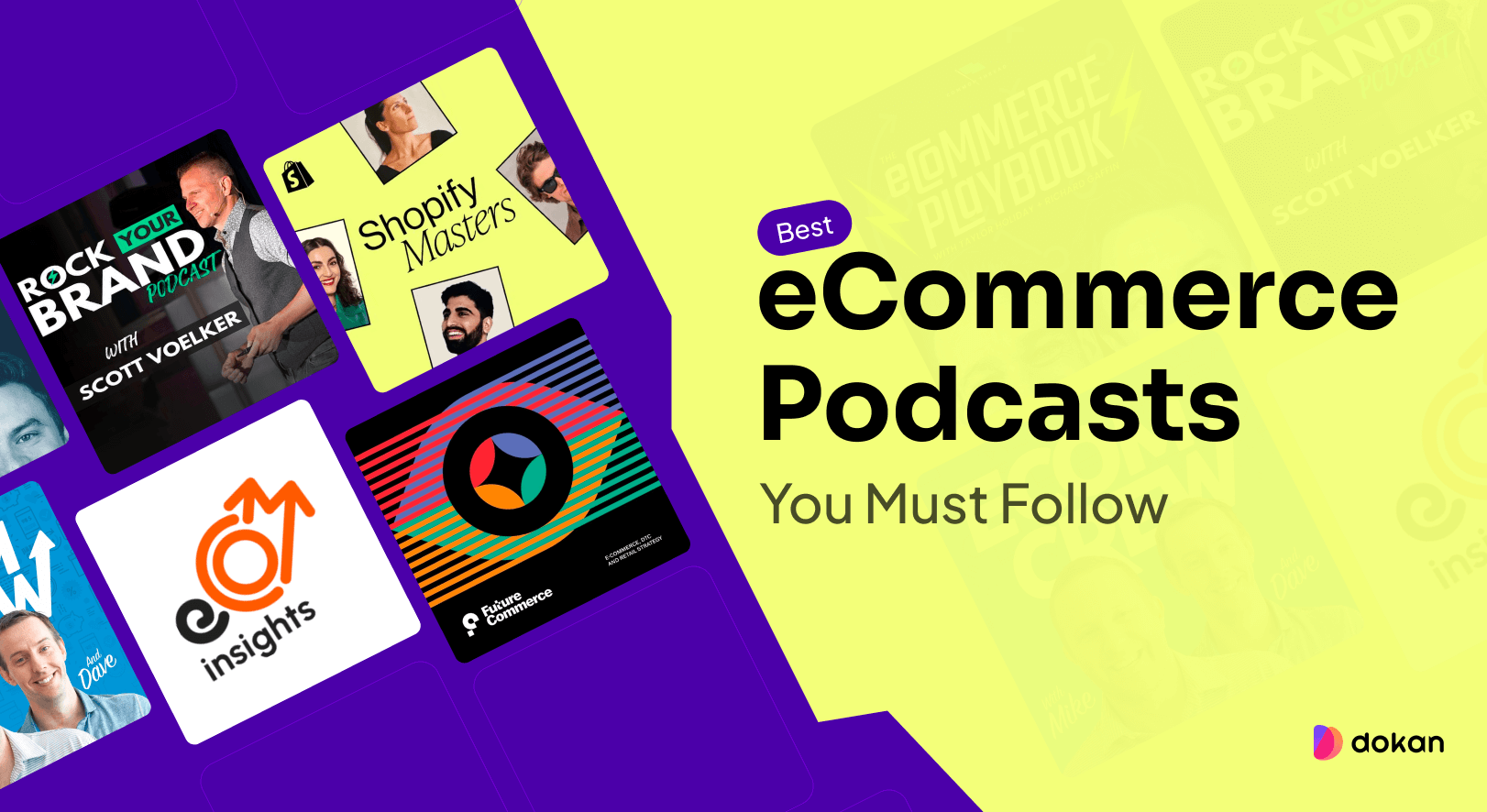
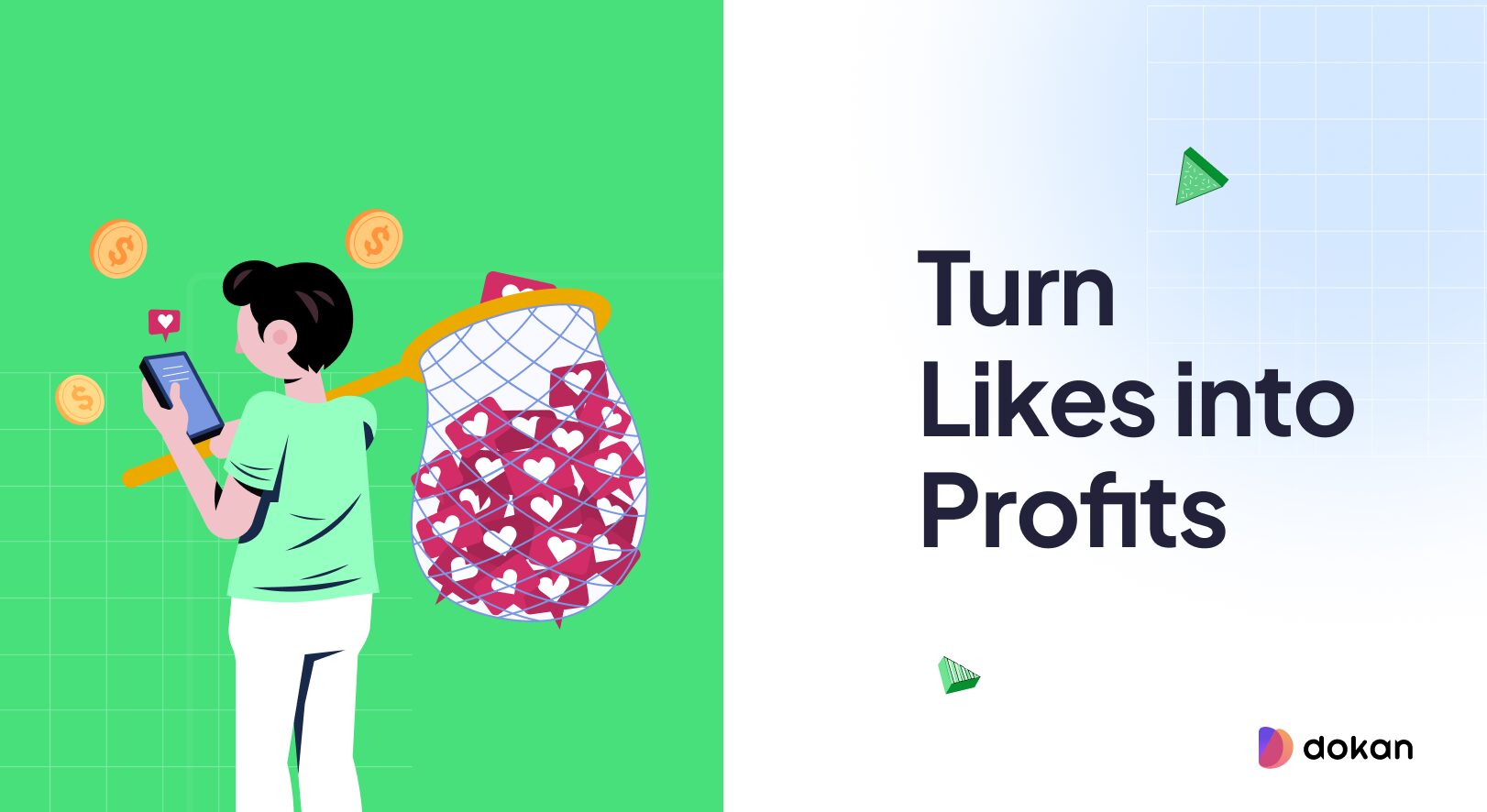
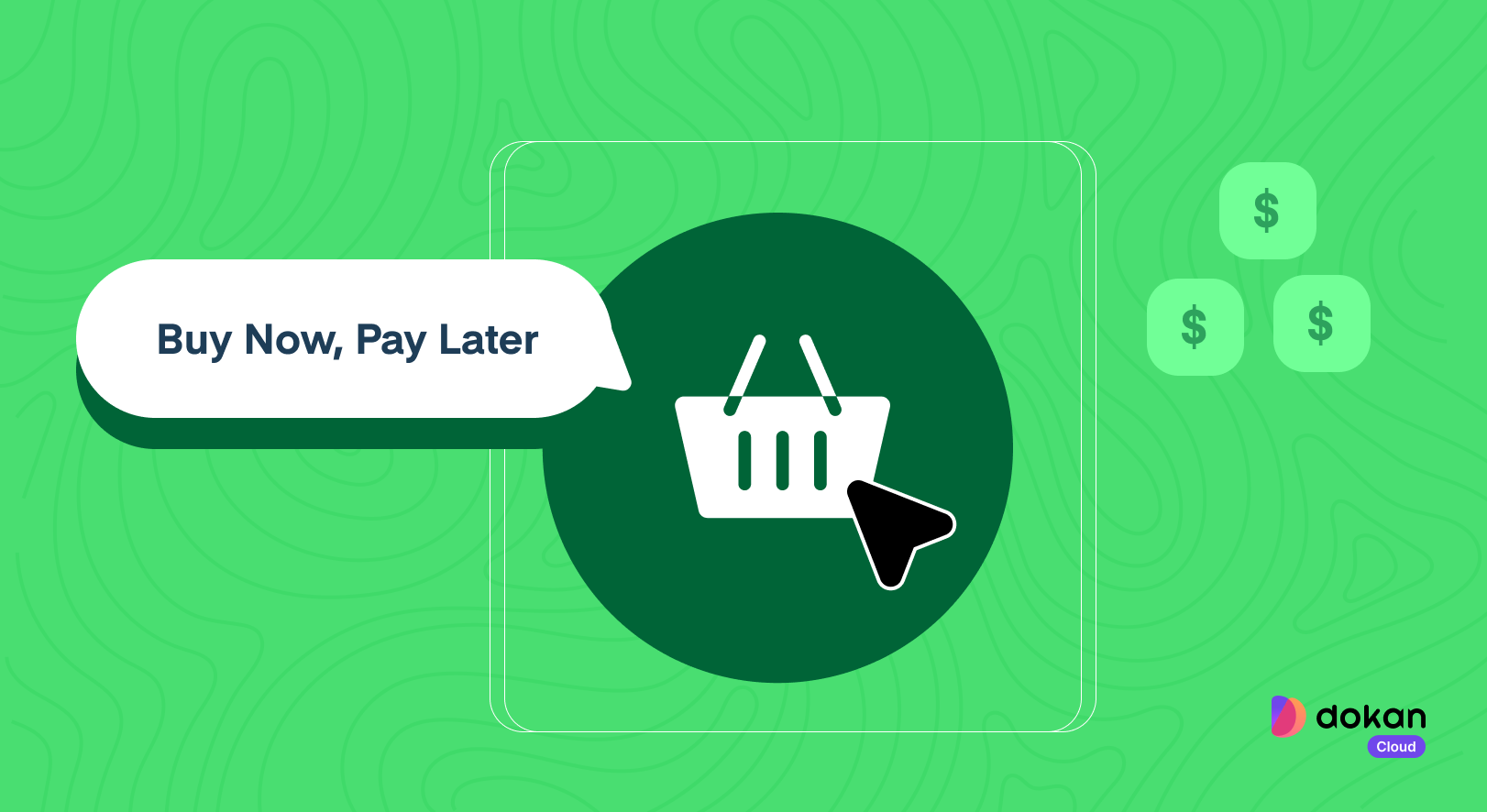

Leave a Reply